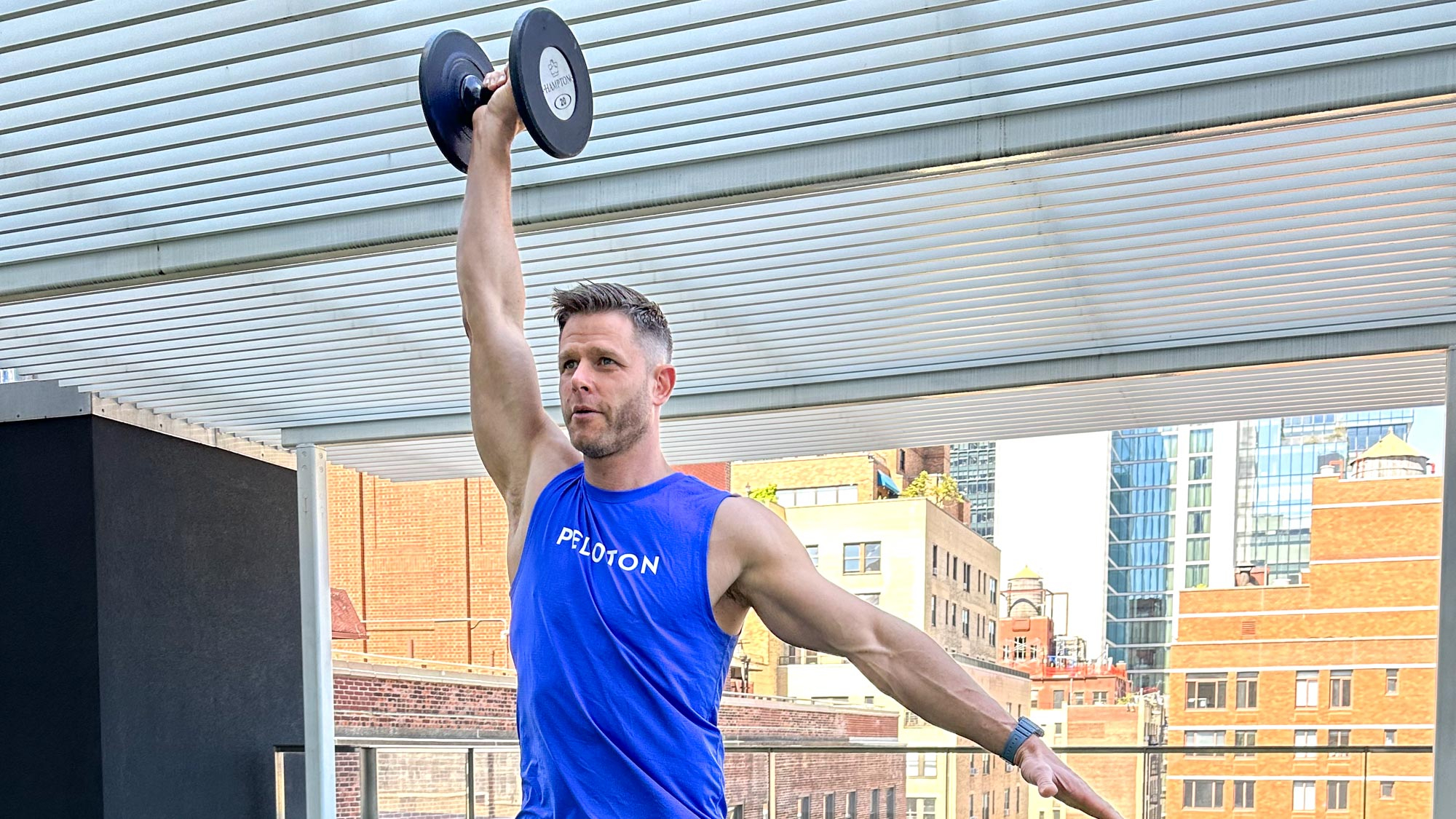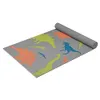Peloton just launched its first strength training app — here's everything you need to know
Build muscle at home or the gym, and Peloton members get it for free

Peloton just dropped a new app, and you don't need an expensive machine to use it. Instead, with just a couple of weights and a yoga mat, you can make the most of the new Peloton Strength+ app and build muscle at home or the gym.
And if you're already thinking that you've tried the Peloton app (which is one of the best workout apps around), this is a separate app focused solely on developing strength throughout bodyweight and resistance workouts.
It costs $9.99 per month and is available for iPhone in the U.S. starting today. And if you're already subscribed to the Peloton app, your existing membership means you get access entirely for free (unless you're on the entry-level Peloton App One).
Of course, if you have used the Peloton platform before, don't worry, you're not imagining things — Peloton has offered some strength workouts since 2018, and stepped things up in 2022 with the launch of Guide for tracking weights routines.
But the new Strength+ app is designed to take a more focused approach, forgoing Peloton's usual roster of exercise bike and treadmill sessions in favor of a custom workout generator and instructor-led multi-week programs.
Did Peloton really need a new app?

It's not a secret that Peloton has struggled to define itself in a post-pandemic world. The company soared during 2020 and 2021 as people switched to home workouts and needed equipment to train without leaving the house.
But then as life returned to a more normal state, people returned to the gym and in-person classes. Sales of Peloton's equipment dropped, and it has since prioritized making the Peloton experience more widely available.
Sign up to get the BEST of Tom's Guide direct to your inbox.
Get instant access to breaking news, the hottest reviews, great deals and helpful tips.
Now there are three parts to the brand's digital offering; All Access which works with the machines, the Peloton App (in machine-friendly App+ and equipment-free App One editions), and now the Strength+ app.
On paper, it sounds confusing. But I think it makes sense to decouple strength workouts from the primary app. I've used the Peloton App before, and it is definitely catered to those with the brand's equipment.
There are plenty of great options there for strength and resistance workouts, but they're hard to find among the thousands of cardio classes (like the Defected Records spin class I went to earlier in the year).
Spinning out a dedicated app means Peloton can actually cater specifically for building muscle, with features like the workout generator and short instructional videos
Plus, spinning out a dedicated app means Peloton can actually cater specifically for building muscle, with features like the workout generator and short instructional videos designed for when you're at the gym.
When my colleague Kate Kozuch tried the Peloton Strength+ app a few months ago, she found this level of customization was useful, and being able to quickly switch out specific moves for alternatives meant she could tailor the routine to avoid aggravating her sore knees.
So while I think it definitely makes sense for Peloton to go this route, it's still a tough ask to get people to imagine the company as anything other than the brand that makes exercise bikes, especially when it's entering such a crowded market.
I use the Chris Hemsworth-developed Centr for my home workouts, and so the Strength+ app would have to really blow me away to make me switch. But, ultimately, it's about finding what works for your training, and to find a way to make exercise fun, as it's much easier to stick with it that way.
More from Tom's Guide
- Peloton's workouts are coming to the Fitbit app next month, at no extra cost to Premium members
- Peloton's free app bites the dust — here's 3 workout apps to use instead
- You can now read ebooks on your exercise bike, thanks to new Peloton and Amazon partnership

James is Tom's Guide's Buying Guide Editor, overseeing the site's buying advice. He was previously Fitness Editor, covering strength training workouts, cardio exercise, and accessible ways to improve your health and wellbeing.His first job at as a sales assistant in a department store, and this is where James learned how important it is to help people make purchasing decisions that are right for their needs, whether that's a fountain pen to give as a gift or a new fridge for their kitchen.
This skill stayed with him as he developed a career in journalism as a freelance technology writer and, later, as Buying Guide Editor for MakeUseOf, where his interest in fitness combined with his commitment to impartial buying advice.
This is how he came to join Fit&Well as Fitness Editor, covering beginner-friendly exercise routines, affordable ways to boost your wellbeing, and reviewed weights, rowing machines, and workout headphones.
James is an advocate for sustainability and reparability, and focuses his reviews and advice through that lens to offer objective insights as to whether a specific product or service will be right for your needs.










